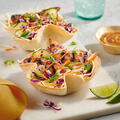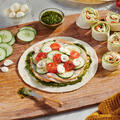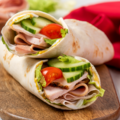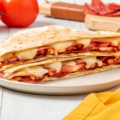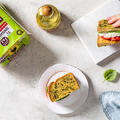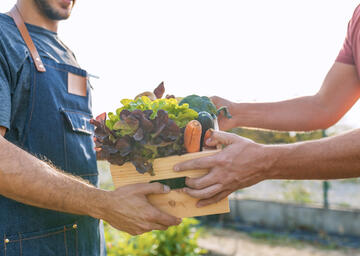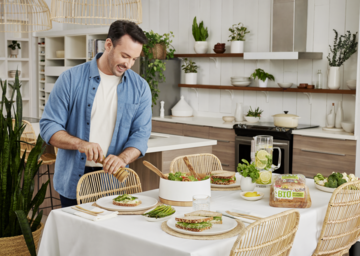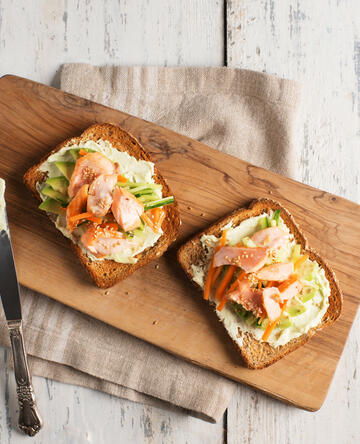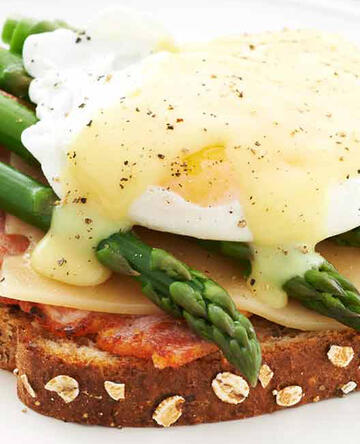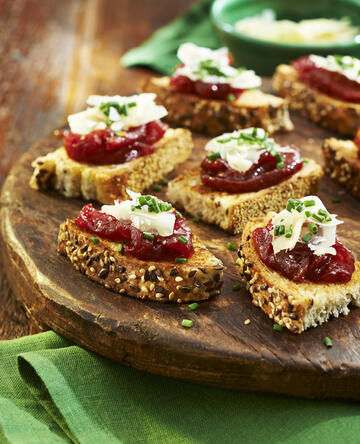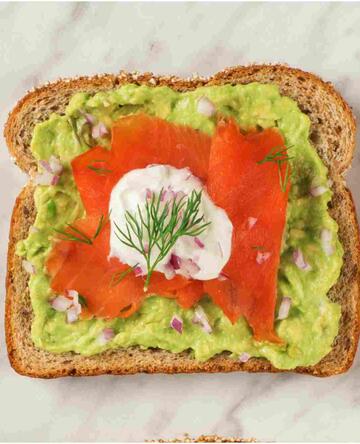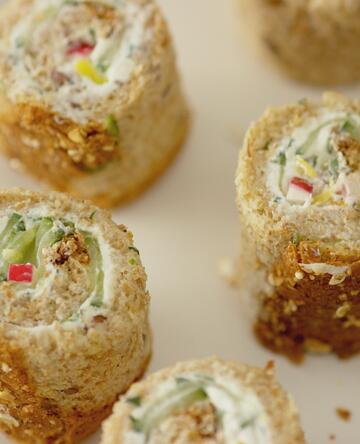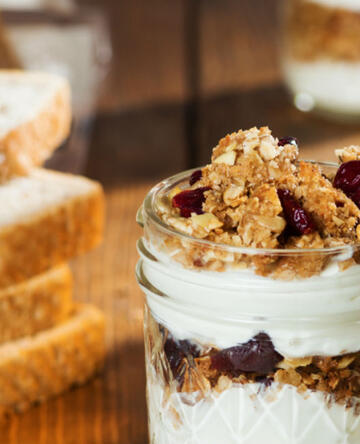No results were found
Please modify your search and try again
Recipes
122 recipes
Pages
13 pages
Privacy Preferences
Do you eat the crusts?
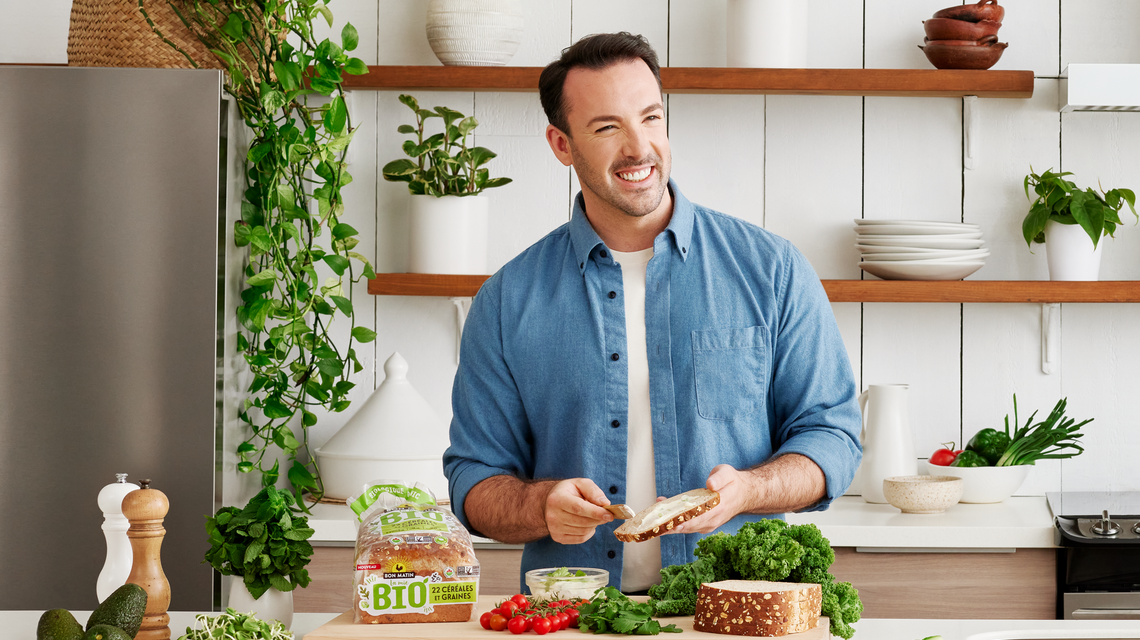
Freshly baked bread has a beautiful golden-brown crust that bread lovers can’t get enough of. This crispy, incredibly appetizing part of the loaf is greatly appreciated by connoisseurs. But have you ever wondered about the science behind this lovely colouring? It’s caused by a reaction well known to chemists, the Maillard reaction.
To create this reaction, bakers have to expose the protein and sugar molecules in the bread to a precise combination of temperature, humidity and pH. When all the conditions are right, the amino acids – the small molecules that are the building blocks of proteins – combine with the sugars to form glycosylamines. Later, a series of reactions gives the bread its beautiful golden colour, its appetizing aromas and its uniquely caramelized flavour.
From a nutritional perspective, is it true that the crust is better than the soft “crumb” inside? While all parts of the bread are good food, this claim is actually true.
For one thing, studies show that an antioxidant called pronyl-lysine develops during the Maillard reaction. The crust, which is where most of this reaction takes place, can contain up to eight times more pronyl-lysine than the crumb! And other studies suggest that this antioxidant may even reduce the growth of cancerous lesions in the colon.
A crust packed with whole grains!
Plus, some breads have more whole grains in the crust than in the crumb! In the new line of Bon Matin® La Mie BIO™ organic breads, the crust is where the whole grains are sprinkled – and on all sides, too, not just the top! Besides having numerous health benefits, these grains also improve the bread’s taste and texture. So there’s no reason to skip eating the crust!
To increase your daily intake of whole grains, try all the different Bon Matin® La Mie BIO™ organic breads – quinoa and sunflower, 100% whole grain, and 22 grains and seeds!




